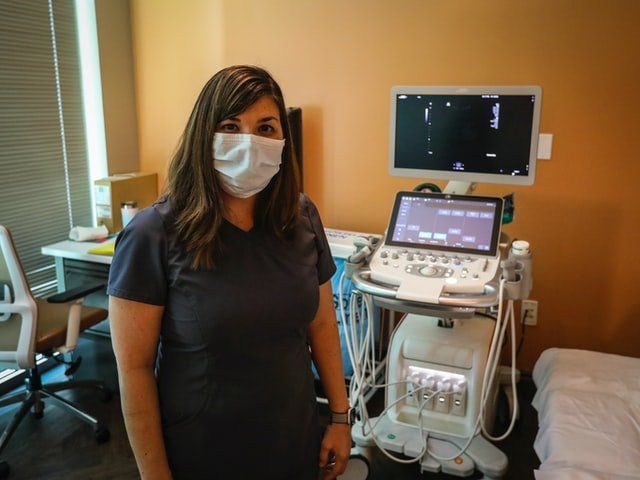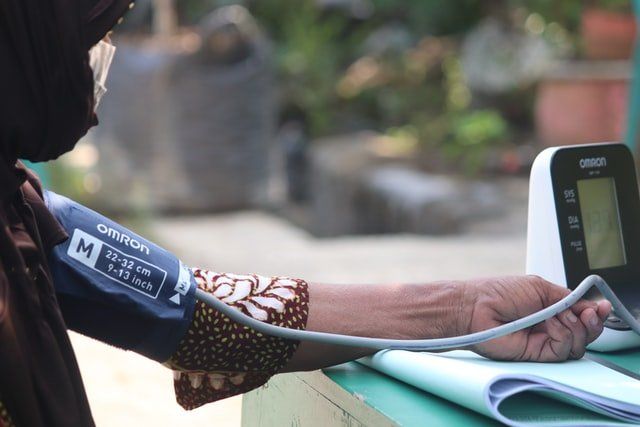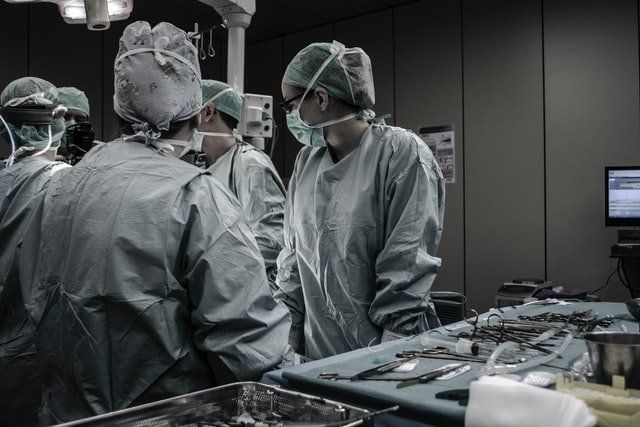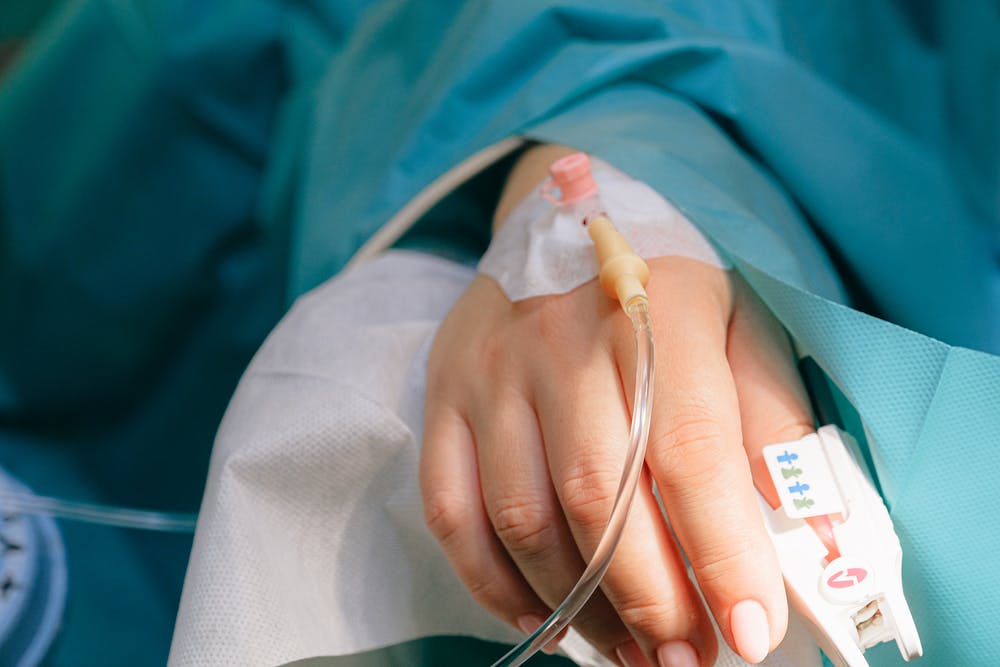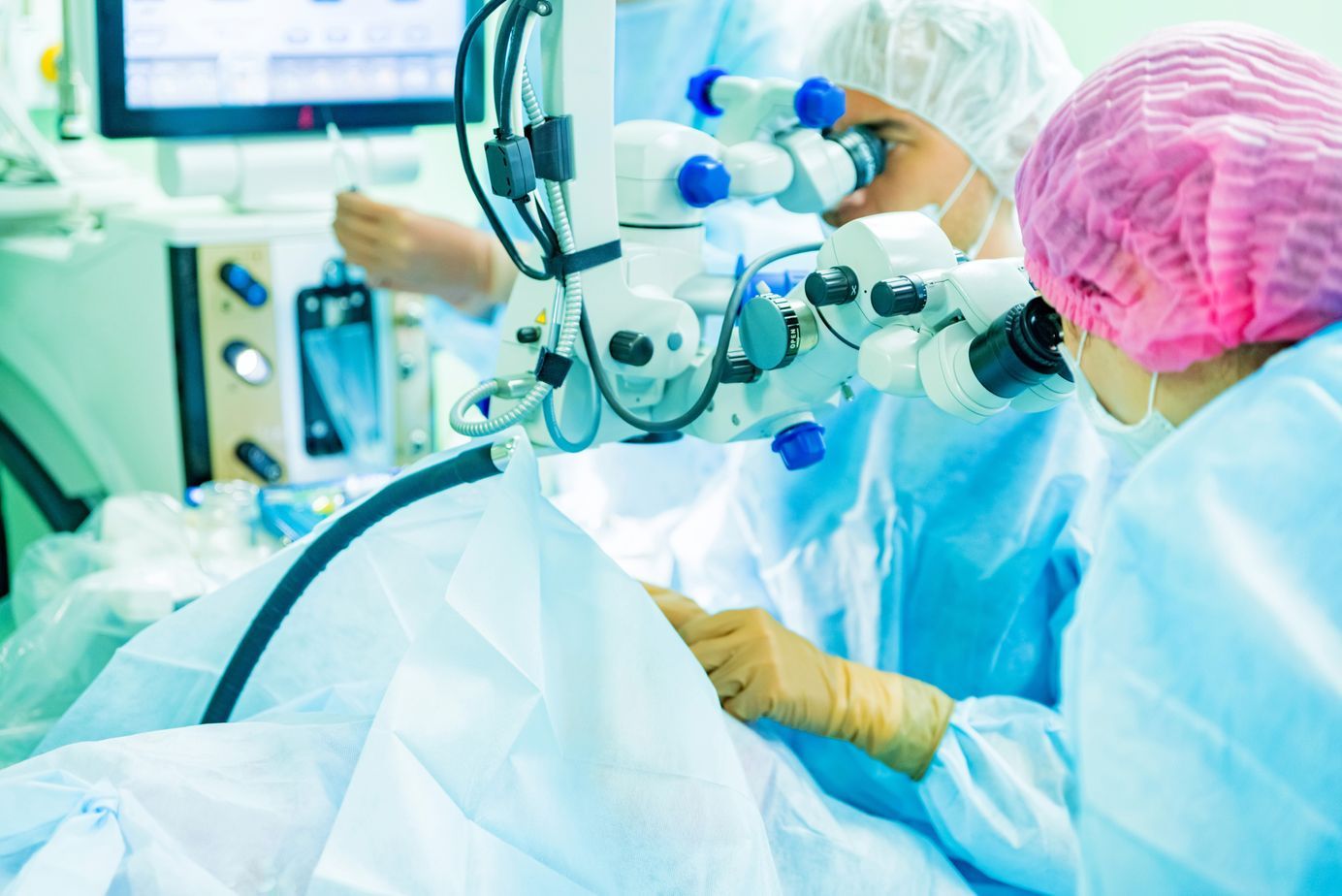Gastric Sleeve Surgery: What Is It & Who Needs It
People struggling with losing weight may opt to try out weight loss surgery to restore their health. There are numerous options available, but one procedure to consider is sleeve gastrectomy or vertical gastric sleeve surgery.
However, undergoing this surgery is not something anyone should take lightly. If you are curious about this procedure, it is best to spend time and research first. To start, here is a brief guide on gastric sleeve surgery.
What Is Gastric Sleeve Surgery?
Gastric sleeve surgery is a type of bariatric surgery that removes part of the stomach and vertically removes a portion of the stomach lining. This results in a smaller stomach that can hold less food, so it’s easier to eat less and lose weight.
It is a relatively new surgery and is not widely practiced. When comparing it to gastric bypass surgery, the gastric sleeve has fewer risks and is less invasive.
Who Are Candidates for Gastric Sleeve Surgery?
Gastric sleeve surgery is not just for those who are morbidly obese. It can be used as a tool for any individual who is struggling to lose weight.
Those who may be considered for these surgeries typically fall under three categories:
1. A person with a BMI of 40 or greater who has at least one or more comorbid diseases such as diabetes and high blood pressure,
2. A person with a BMI of between 35 and 40 who is at risk of developing comorbidities, and
3. A person who has a BMI of 35 or greater, but is not a candidate for gastric bypass.
Not all surgeons will perform this procedure for people with a BMI under 35. Some consider the surgery too risky for those with a lower BMI, but consult with an experienced surgeon to learn more.
What Happens during Gastric Sleeve Surgery?
People who are interested in gastric sleeve surgery will have the following surgery:
1. The patient will be sedated, so he or she is asleep during the procedure.
2. First, the surgeon will make an incision in the abdomen. Some surgeons may choose to make several incisions.
3. The surgeon will then make a vertical incision in the upper, outer stomach area. This removes a portion of the stomach and creates the gastric sleeve.
4. The remaining stomach will be stapled and then reattached.
5. The surgeon will close the incisions with either staples or sutures.
6. The surgeon will then secure the sutures or staples on the outside of the body.
7. The patient will be put in a recovery area while he or she recovers from the procedure.
What Happens after Gastric Sleeve Surgery?
The patient will undergo a few weeks of recovery before being allowed to eat normally. Afterward, the patient can eat small meals that are low in fat and high in protein.
The patient will have to work with a dietician to create a meal plan that is healthy and can help with weight loss. If a patient does not make good eating choices, it could affect their weight loss.
For the first two or three months, the patient is encouraged to consume between 800 and 1,000 calories a day. This can be hard for the patient and the patient’s family to adjust to, but it will help the patient lose weight faster.
After that, the patient is able to increase the number of calories he or she consumes to approximately 1,500 to 1,800 calories a day.
Final Thoughts
Overall, gastric sleeve surgery is a tool that can be used to help a person lose weight. It is not the only way, but it may be the best option for some because it doesn’t require major changes to the digestive system. However, like with any other surgery, there are risks. Patients who are considering gastric sleeve surgery should consult with a surgeon first. The surgeon will meet with the patient and discuss any risks or benefits the surgery may have.
For
endoscopic gastric sleeve surgery and similar procedures, give us a call at Michel Kahaleh Gastroenterologist. Dr. Kahaleh is a world-renowned endoscopist and gastroenterologist who will help you learn more about the best options for you. Message us today for more information.

